The Health Benefits of Consuming Malta.
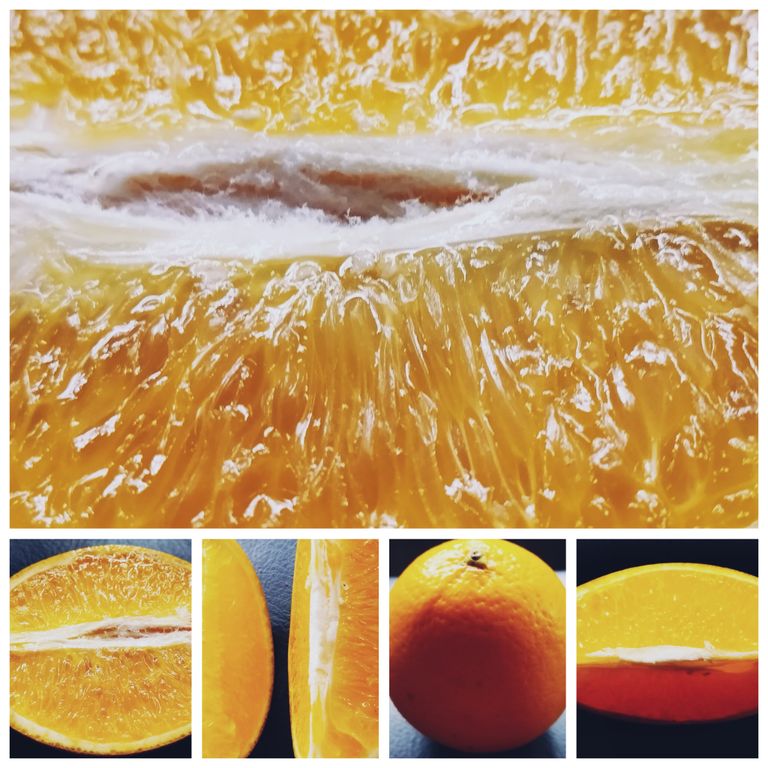
Malta, scientifically known as Citrus sinensis, is a variety of sweet orange, rich in essential vitamins and minerals, particularly Vitamin C. This citrus fruit, popular in many regions for its sweet taste and juicy flesh, offers numerous health benefits that contribute to overall well-being. In this blog, we will explore the various advantages of consuming Malta and how it can play a vital role in maintaining a healthy lifestyle.
1. Rich in Vitamin C
One of the most notable health benefits of Malta is its high Vitamin C content. Vitamin C, or ascorbic acid, is an essential antioxidant that plays a key role in maintaining the immune system, skin health, and overall cellular function. Just one Malta can provide more than the recommended daily intake of Vitamin C, making it an excellent source for boosting the immune system, helping to fight off colds and infections, and promoting healthy skin by encouraging collagen production.
2. Boosts Immune System
Malta is renowned for its ability to strengthen the immune system due to its high Vitamin C content. Regular consumption of this fruit can help the body combat infections and diseases by enhancing the production of white blood cells. It also acts as an antioxidant that neutralizes free radicals, preventing oxidative stress and inflammation in the body. A stronger immune system means the body is more capable of fighting off common illnesses like the flu, colds, and even more serious infections.
3. Improves Skin Health
Due to the rich presence of antioxidants, including Vitamin C, Malta plays a significant role in enhancing skin health. Vitamin C helps in collagen synthesis, which is crucial for maintaining skin elasticity and firmness. Consuming Malta regularly can reduce the appearance of wrinkles, fine lines, and blemishes, making the skin look youthful and radiant. Moreover, the antioxidants in Malta protect the skin from damage caused by environmental pollutants and UV rays.
4. Aids in Digestion
Malta contains a good amount of dietary fiber, which is essential for a healthy digestive system. Fiber helps regulate bowel movements, preventing constipation and promoting overall digestive health. Consuming fiber-rich foods like Malta also supports the growth of good bacteria in the gut, which is crucial for nutrient absorption and overall digestive function. Moreover, fiber helps in slowing down digestion, keeping you fuller for longer and preventing overeating.
5. Supports Heart Health
Malta is beneficial for heart health in several ways. It contains flavonoids, like hesperidin, which have been shown to lower blood pressure and reduce the risk of cardiovascular diseases. The potassium content in Malta also helps regulate blood pressure levels by balancing the negative effects of sodium. Additionally, the fiber in Malta can lower bad cholesterol (LDL), further reducing the risk of heart disease and stroke.
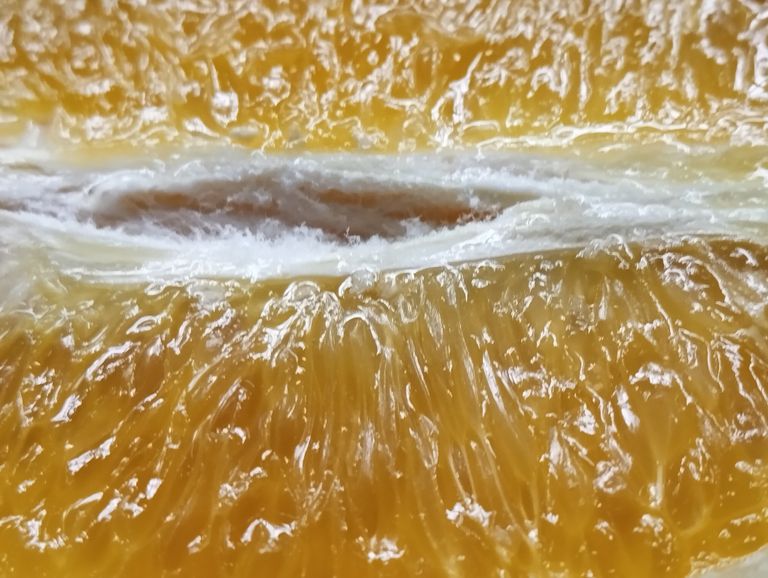
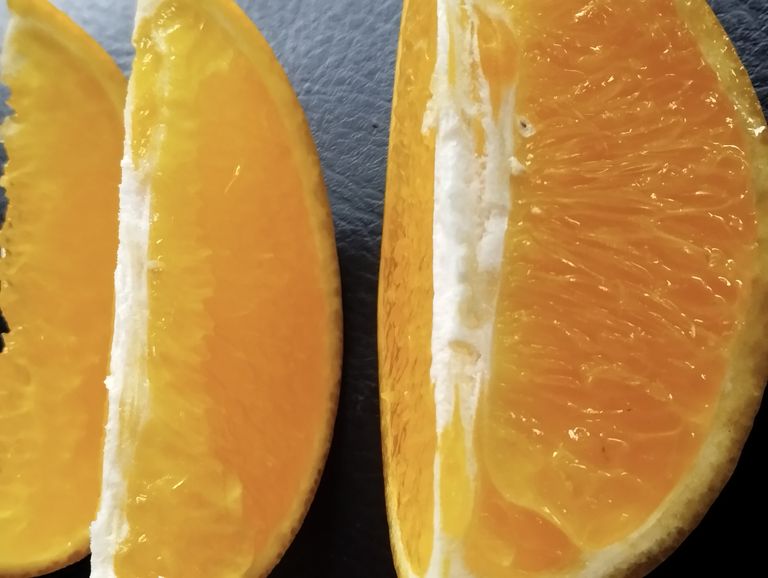
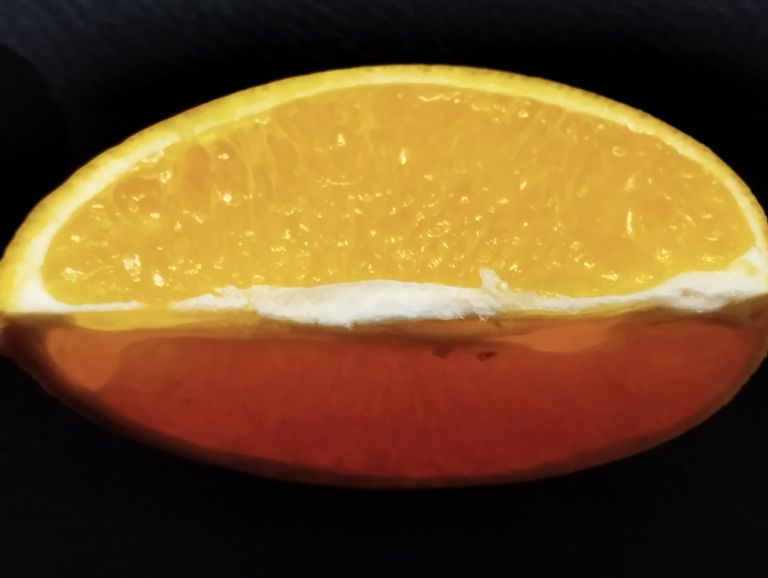
6. Aids in Weight Management
If you’re looking to manage your weight, incorporating Malta into your diet can be a wise choice. Malta is low in calories and rich in fiber, making it a filling snack that can prevent overeating. The natural sugars in Malta are healthy and provide sustained energy without causing rapid spikes in blood sugar levels. This makes it a great option for those trying to control their calorie intake while still enjoying a delicious and nutritious fruit.
7. Prevents Anemia
Anemia is a condition characterized by a lack of red blood cells or hemoglobin in the blood. One of the primary causes of anemia is iron deficiency. While Malta is not a significant source of iron, it enhances the absorption of iron from plant-based foods. Vitamin C in Malta aids in converting plant-based non-heme iron into a form that the body can absorb more easily, thus helping prevent anemia, particularly in people who follow a vegetarian or vegan diet.
8. Supports Eye Health
The presence of carotenoids, like beta-carotene, in Malta makes it beneficial for eye health. Beta-carotene is converted into Vitamin A in the body, which is essential for maintaining good vision. Regular consumption of Malta can help reduce the risk of age-related macular degeneration and cataracts, which are common eye conditions that affect vision as people age.
9. Hydration
Malta has a high water content, making it an excellent fruit to keep the body hydrated. Staying hydrated is crucial for various bodily functions, including maintaining body temperature, lubricating joints, and promoting healthy organ function. During the summer months or after intense physical activity, consuming Malta can help replenish lost fluids and electrolytes.
10. Anti-inflammatory Properties
The antioxidants and flavonoids found in Malta have powerful anti-inflammatory effects. Chronic inflammation in the body is linked to various diseases, including heart disease, diabetes, and arthritis. By incorporating anti-inflammatory foods like Malta into your diet, you can reduce the risk of developing these conditions and promote overall health.
11. Helps in Detoxification
Malta contains compounds that aid in detoxifying the body by flushing out harmful toxins. Vitamin C plays a vital role in the production of glutathione, an antioxidant that is essential for detoxifying the liver. By supporting liver function, Malta helps cleanse the body of toxins and waste products, promoting better overall health.
12. Promotes Bone Health
In addition to being rich in Vitamin C, Malta also contains small amounts of calcium and potassium, which are essential for maintaining strong and healthy bones. These minerals help in bone formation and maintaining bone density, reducing the risk of conditions like osteoporosis, especially in older adults.
13. Regulates Blood Sugar Levels
For individuals with diabetes or those looking to manage their blood sugar levels, Malta can be a healthy addition to their diet. The fiber in Malta slows down the absorption of sugar into the bloodstream, preventing spikes in blood sugar levels. Additionally, the low glycemic index of Malta means that it has a minimal impact on blood sugar levels when consumed in moderation.
14. Improves Cognitive Function
Some studies suggest that the antioxidants in Malta, particularly flavonoids, can have a positive effect on brain health. These compounds may help improve cognitive function, enhance memory, and reduce the risk of neurodegenerative diseases like Alzheimer's. The anti-inflammatory and antioxidant properties of Malta protect the brain from oxidative stress and inflammation, which are major contributors to cognitive decline.
15. Supports Respiratory Health
Malta can also benefit respiratory health due to its high Vitamin C content. Vitamin C helps reduce the severity of respiratory infections like colds, bronchitis, and asthma by boosting the immune system and reducing inflammation in the airways. Furthermore, the antioxidants in Malta help protect the lungs from damage caused by environmental pollutants and free radicals.
Conclusion
Malta is more than just a delicious citrus fruit; it is a powerhouse of essential nutrients that contribute to a variety of health benefits. From boosting the immune system to promoting heart and skin health, Malta plays a crucial role in maintaining overall well-being. By incorporating Malta into your daily diet, you can take advantage of its numerous health benefits and enjoy a healthier, more balanced lifestyle. Whether you eat it as a snack, add it to salads, or enjoy it as fresh juice, Malta is a versatile and nutritious addition to any diet.
Growing Malta (Sweet Orange) – A Comprehensive Guide to Cultivation
Malta, also known as the sweet orange, is a highly nutritious and popular citrus fruit. While the word "Malta" often refers to the island country in Europe, in many South Asian countries, the term refers to a sweet, juicy variety of orange. Its high vitamin C content, alongside a refreshing flavor, makes it a favorite choice for both local consumption and export markets. In this article, we will delve into the cultivation process of Malta, discussing its benefits, ideal climate, soil conditions, farming techniques, and best practices to ensure a bountiful harvest.
1. Introduction to Malta Cultivation
Malta belongs to the family Rutaceae and the genus Citrus. It is primarily grown for its fruits, which are packed with vitamins, antioxidants, and essential minerals. The demand for Malta has been increasing, especially with the rise in health consciousness. The fruit is eaten fresh, juiced, or used in various culinary dishes.
Though it is primarily cultivated in Mediterranean and subtropical regions, with proper care and technique, Malta can be grown in many parts of the world. Let’s explore the necessary steps for growing this citrus fruit successfully.
2. Benefits of Malta Farming
Before diving into the cultivation techniques, it's crucial to understand why farming Malta can be a lucrative option:
- High Market Demand: There is a constant demand for Malta, both in fresh and processed forms (like juices and jams).
- Rich in Nutrients: Malta is known for its high Vitamin C content, which boosts immunity. It is also rich in fiber, antioxidants, and essential minerals.
- Adaptability: Malta can grow in a wide range of soils and climates, making it a versatile crop for various regions.
- Health Benefits: Consuming Malta helps improve digestion, prevents skin damage, and promotes cardiovascular health, making it a favorite among health-conscious consumers.
3. Ideal Climate for Malta Cultivation
Malta thrives in subtropical and tropical climates. It requires a balance of warm temperatures during the day and cool nights for optimal fruit production. The ideal temperature range for Malta cultivation is 12°C to 37°C. Extreme cold or frost conditions can damage the fruit and the tree, making it important to choose a region with mild winters.
Key climatic requirements:
- Sunlight: Malta requires at least 6-8 hours of sunlight daily for photosynthesis and proper fruit development.
- Rainfall: A well-distributed annual rainfall of 800-1200 mm is suitable for Malta cultivation. However, too much rain can lead to waterlogging and root rot.
- Humidity: Moderate humidity levels are preferred, as high humidity can result in fungal diseases.
4. Soil Requirements
Malta can grow in a variety of soil types, but well-drained loamy or sandy-loam soil with a pH range of 5.5 to 7.5 is ideal. The soil should be rich in organic matter and nutrients to promote healthy tree growth and fruit production.
Important soil considerations:
- Drainage: Malta trees are sensitive to waterlogging, so soil with good drainage is crucial. Avoid areas prone to flooding.
- Soil Depth: Deep, well-drained soil (at least 1 meter) is preferred to allow the roots to spread and anchor well.
- Soil Fertility: Enriching the soil with organic compost or manure before planting can enhance soil fertility and structure.
5. Propagation of Malta
There are two common methods to propagate Malta:
- Seed Propagation: While easy, this method is less common due to the long waiting time for fruit production and the possibility of variation in fruit quality.
- Vegetative Propagation (Budding and Grafting): This is the preferred method for commercial cultivation. Budding or grafting ensures true-to-type plants with uniform fruit quality and early fruiting.
Steps for Grafting/Budding:
- Select a healthy rootstock with disease resistance.
- Choose scions from a high-quality Malta tree with desirable traits (e.g., good fruit size and flavor).
- Graft or bud the scion onto the rootstock, ensuring a strong union.
- After a few weeks, the graft will establish, and the new plant can be transplanted into the field.
6. Planting Malta Trees
Malta trees can be planted during the monsoon season or early spring to ensure ample water availability for growth. The spacing between trees is vital to avoid overcrowding and to allow each tree ample room for root and canopy development.
Key planting guidelines:
- Spacing: For high-density planting, maintain a distance of 5-6 meters between plants. In traditional planting, 7-8 meters is optimal.
- Planting Depth: Dig a hole large enough (around 2-3 feet deep) to accommodate the root ball. Ensure that the graft union is above the soil level.
- Watering: After planting, water the tree thoroughly. Regular watering, especially during the first few months, is essential for root establishment.
7. Irrigation and Water Management
Proper irrigation is crucial for Malta cultivation, especially in regions with irregular rainfall. Overwatering or underwatering can both cause issues, such as root diseases or poor fruit quality.
- Young Plants: Irrigate frequently but lightly to encourage root development.
- Mature Trees: Water deeply once a week, especially during the dry season. In regions with adequate rainfall, supplemental irrigation may only be needed during dry spells.
- Drip Irrigation: Using drip irrigation ensures efficient water use and helps maintain consistent soil moisture without overwatering.
8. Fertilizer Management
To maximize yield and fruit quality, Malta trees require regular feeding with fertilizers.
- Organic Manures: Apply well-decomposed organic compost or farmyard manure during the early growth stage to enhance soil fertility.
- Chemical Fertilizers: Use a balanced NPK fertilizer (Nitrogen, Phosphorus, and Potassium) for proper plant nutrition. A recommended dose is 500g of N, 200g of P, and 300g of K per tree annually, divided into 2-3 applications.
- Micronutrients: Ensure proper supply of micronutrients like zinc, iron, and magnesium, which are essential for preventing nutrient deficiencies and improving fruit quality.
9. Pruning and Training
Pruning helps in maintaining the tree's shape, promoting airflow, and enhancing fruit production.
- Formative Pruning: During the first few years, prune the tree to develop a strong structure by removing weak or crossing branches.
- Maintenance Pruning: Remove dead, diseased, or overcrowded branches annually. This improves light penetration and air circulation, reducing the risk of pests and diseases.
10. Pest and Disease Management
Like all crops, Malta is vulnerable to pests and diseases, which can significantly affect yield and fruit quality.
Common Pests:
- Citrus Leaf Miner: Causes leaf curling and damage. Use insecticide sprays and neem oil to control them.
- Aphids: They suck sap from the tree and can cause leaf distortion. Regular monitoring and the use of neem-based sprays can help control aphid populations.
- Fruit Flies: These affect the fruits by laying eggs in them. Traps and bait sprays can help reduce their numbers.
Common Diseases:
- Citrus Canker: A bacterial disease that causes lesions on the leaves, stems, and fruits. Copper-based fungicides and maintaining good orchard hygiene can help control it.
- Gummosis: This fungal disease affects the bark and stems, causing gum exudation. To manage it, avoid waterlogging and apply appropriate fungicides.
11. Harvesting and Post-Harvest Management
Malta fruits are generally ready for harvest 7-9 months after flowering. The fruits are harvested when they have developed their characteristic color and are firm to touch. Avoid harvesting during wet conditions to reduce the risk of post-harvest diseases.
- Harvesting Method: Use sharp pruning shears to cut the fruit with a small stalk attached. Handle the fruits carefully to avoid bruising or damage.
- Post-Harvest Care: After harvesting, wash the fruits in clean water and sort them based on size and quality. Pack the fruits in well-ventilated boxes for transport to reduce spoilage.
12. Conclusion
Cultivating Malta can be both profitable and rewarding with the right approach. From selecting the right variety and planting techniques to maintaining proper irrigation and pest control, every step plays a crucial role in ensuring a healthy, bountiful harvest. With the growing demand for citrus fruits globally, engaging in Malta farming offers great potential for both small-scale farmers and large agricultural enterprises.
Medicinal Benefits of Malta Fruit: A Comprehensive Guide
The Malta fruit, scientifically known as Citrus sinensis or sweet orange, is a highly nutritious and versatile fruit that belongs to the citrus family. It is widely consumed across the globe due to its sweet flavor and immense health benefits. Native to regions like the Mediterranean and South Asia, Malta has gained significant popularity for its medicinal properties, making it more than just a delicious snack. This blog will explore the various medicinal benefits of Malta fruit and how it can improve overall health.
1. Rich in Vitamin C
One of the most significant health benefits of Malta fruit is its high content of vitamin C, an essential nutrient for maintaining the immune system. Vitamin C, also known as ascorbic acid, helps the body repair tissues, fight infections, and combat harmful free radicals. Regular consumption of Malta can help prevent common colds, flu, and other seasonal infections by strengthening the immune system.
- Boosts Immunity: The antioxidant properties of vitamin C help protect the body from oxidative stress, making it more resilient against infections and diseases.
- Promotes Skin Health: Malta's high vitamin C content also contributes to collagen production, a protein that keeps the skin firm and youthful. It can reduce the appearance of wrinkles and improve overall skin texture.
2. Improves Digestion
Malta fruit contains a good amount of dietary fiber, which is crucial for maintaining a healthy digestive system. Fiber promotes regular bowel movements, helps prevent constipation, and supports the overall functioning of the gastrointestinal tract.
- Prevents Constipation: The fiber in Malta helps bulk up stool, making it easier to pass and reducing the risk of constipation.
- Supports Weight Loss: Fiber-rich foods like Malta can help control appetite by promoting a feeling of fullness, which in turn aids in weight management.
3. Heart Health and Blood Pressure Regulation
Malta is rich in potassium, an essential mineral that helps regulate blood pressure. Potassium works by counteracting the negative effects of sodium in the body, which can lower the risk of hypertension (high blood pressure).
- Reduces Blood Pressure: Regular intake of potassium-rich foods like Malta can help reduce high blood pressure, minimizing the risk of heart attacks and strokes.
- Lowers Cholesterol: Malta also contains flavonoids, which are known to reduce bad cholesterol (LDL) levels in the blood. This can further improve heart health by preventing the buildup of plaque in arteries.
4. Antioxidant Properties
Malta is a powerhouse of antioxidants, including vitamin C, flavonoids, and carotenoids, all of which play a crucial role in neutralizing free radicals. Free radicals are unstable molecules that can damage cells and lead to chronic diseases such as cancer and heart disease.
- Fights Cancer: The antioxidants in Malta help reduce oxidative stress and inflammation, both of which are linked to cancer development. Consuming Malta regularly may help lower the risk of cancers, especially those of the digestive tract, such as colon and stomach cancer.
- Protects Against Chronic Diseases: By reducing oxidative damage, Malta's antioxidants may also help prevent chronic conditions like diabetes, Alzheimer’s, and arthritis.
5. Supports Eye Health
Malta fruit contains several nutrients that are beneficial for eye health, including vitamin A, beta-carotene, and antioxidants. These nutrients help protect the eyes from damage caused by UV rays and oxidative stress, which can lead to age-related eye conditions.
- Prevents Macular Degeneration: The antioxidants in Malta may reduce the risk of macular degeneration, a leading cause of vision loss in older adults.
- Improves Night Vision: Vitamin A, found in Malta, plays a vital role in maintaining good vision, especially in low-light conditions.
6. Anti-inflammatory Properties
Chronic inflammation is a significant contributor to many serious health conditions, including heart disease, cancer, and diabetes. Malta fruit contains bioactive compounds such as flavonoids and vitamin C that have strong anti-inflammatory effects.
- Reduces Inflammation: Regular consumption of Malta can help reduce inflammation throughout the body, protecting against diseases like rheumatoid arthritis and cardiovascular issues.
- Soothes Sore Throat: Malta juice, when consumed warm, can help soothe a sore throat, thanks to its anti-inflammatory and immune-boosting properties.
7. Promotes Kidney Health
Malta fruit has been shown to be beneficial for kidney health. Its high citrate content helps prevent the formation of kidney stones by reducing the crystallization of calcium oxalates, which are the main components of kidney stones.
- Prevents Kidney Stones: The citrate in Malta binds with calcium in the urine, reducing the likelihood of stone formation.
- Detoxifies the Body: Being a natural diuretic, Malta helps flush out toxins from the kidneys, promoting better kidney function.
8. Supports Bone Health
Malta is a good source of calcium, magnesium, and vitamin D, all of which are essential for maintaining strong bones and teeth. These nutrients help prevent conditions such as osteoporosis and promote better skeletal health.
- Strengthens Bones: The calcium and vitamin D in Malta help maintain bone density, reducing the risk of fractures and bone-related disorders.
- Promotes Dental Health: Malta's calcium content also plays a role in keeping teeth strong and preventing tooth decay.
9. Improves Mental Health

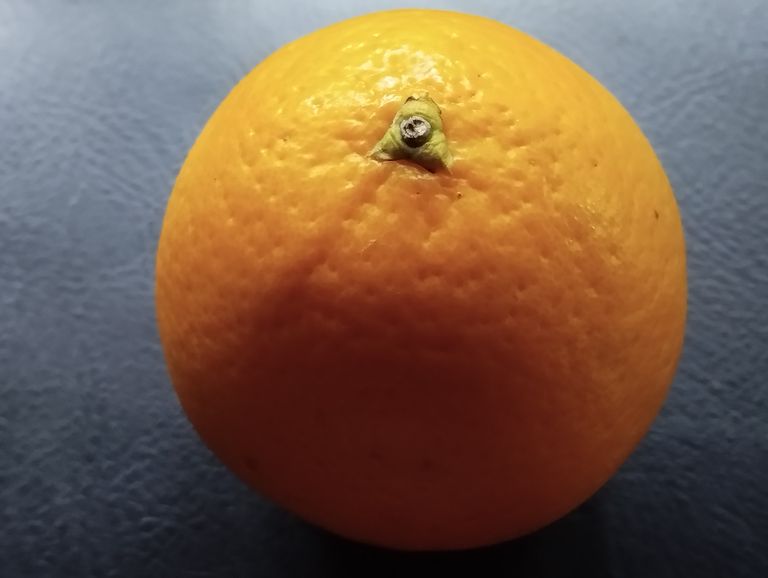
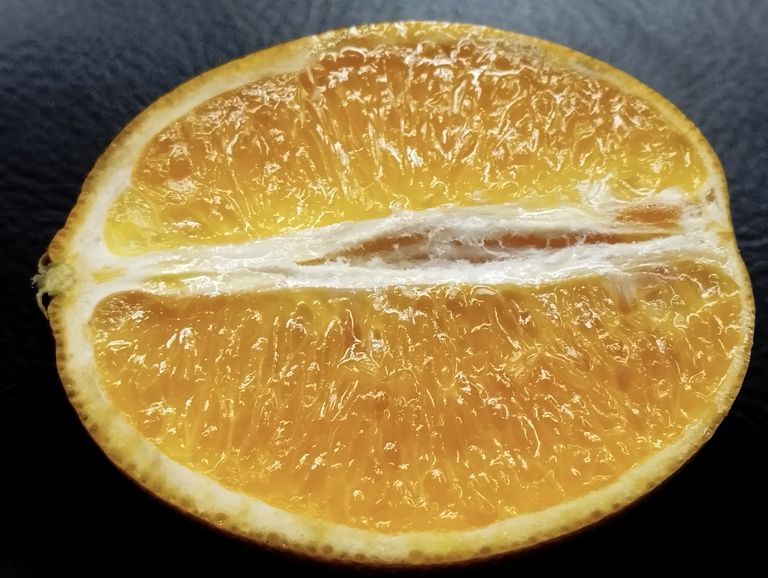
In addition to its physical health benefits, Malta fruit can have a positive impact on mental health. The antioxidants and vitamin C present in Malta have been linked to improved brain function and mood regulation.
- Reduces Stress and Anxiety: Vitamin C can help reduce cortisol levels, a hormone associated with stress, promoting a sense of relaxation and calmness.
- Enhances Cognitive Function: The antioxidants in Malta support brain health by reducing oxidative stress, which is linked to cognitive decline and neurodegenerative diseases such as Alzheimer's.
10. Regulates Blood Sugar Levels
Malta fruit has a low glycemic index, which means it does not cause a rapid spike in blood sugar levels when consumed. This makes it a suitable fruit for individuals with diabetes or those at risk of developing the condition.
- Helps Manage Diabetes: The fiber content in Malta helps slow down the absorption of sugar into the bloodstream, preventing sudden sugar spikes and promoting better blood sugar control.
- Promotes Insulin Sensitivity: Some studies suggest that regular consumption of citrus fruits like Malta can improve insulin sensitivity, further helping to manage blood sugar levels.
11. Boosts Hydration
Malta fruit is composed of nearly 90% water, making it an excellent fruit for hydration. Proper hydration is crucial for maintaining overall health, as it supports bodily functions such as digestion, circulation, and temperature regulation.
- Rehydrates the Body: Consuming Malta or its juice is a great way to rehydrate the body, especially during hot weather or after intense physical activity.
- Maintains Electrolyte Balance: Malta is also a good source of potassium, which helps maintain electrolyte balance in the body, preventing dehydration-related issues like muscle cramps and fatigue.
Conclusion
Malta fruit is not just a delicious and refreshing snack; it is a powerhouse of nutrients that offer numerous health benefits. From boosting immunity and improving digestion to promoting heart health and supporting mental well-being, the medicinal properties of Malta are vast and varied. By incorporating this citrus fruit into your daily diet, you can enjoy its rich nutritional profile and enhance your overall health.
Whether you prefer to eat it fresh or as juice, Malta fruit is a natural remedy that can help prevent and manage various health conditions, making it an essential part of a balanced and nutritious diet.
Telegram and Whatsapp